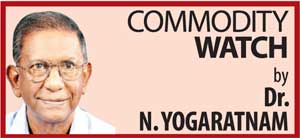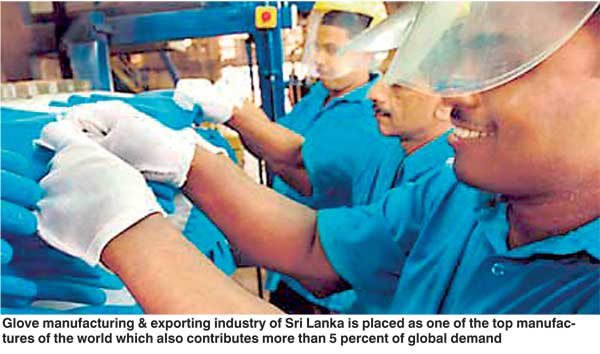18 Sep 2013 - {{hitsCtrl.values.hits}}
 The Sri Lankan rubber products manufacturing industry is composed of about 4,530 manufacturing organizations of small, medium and large-scale entities.
The Sri Lankan rubber products manufacturing industry is composed of about 4,530 manufacturing organizations of small, medium and large-scale entities.
26 Nov 2024 29 minute ago
26 Nov 2024 42 minute ago
26 Nov 2024 2 hours ago
26 Nov 2024 3 hours ago
26 Nov 2024 3 hours ago